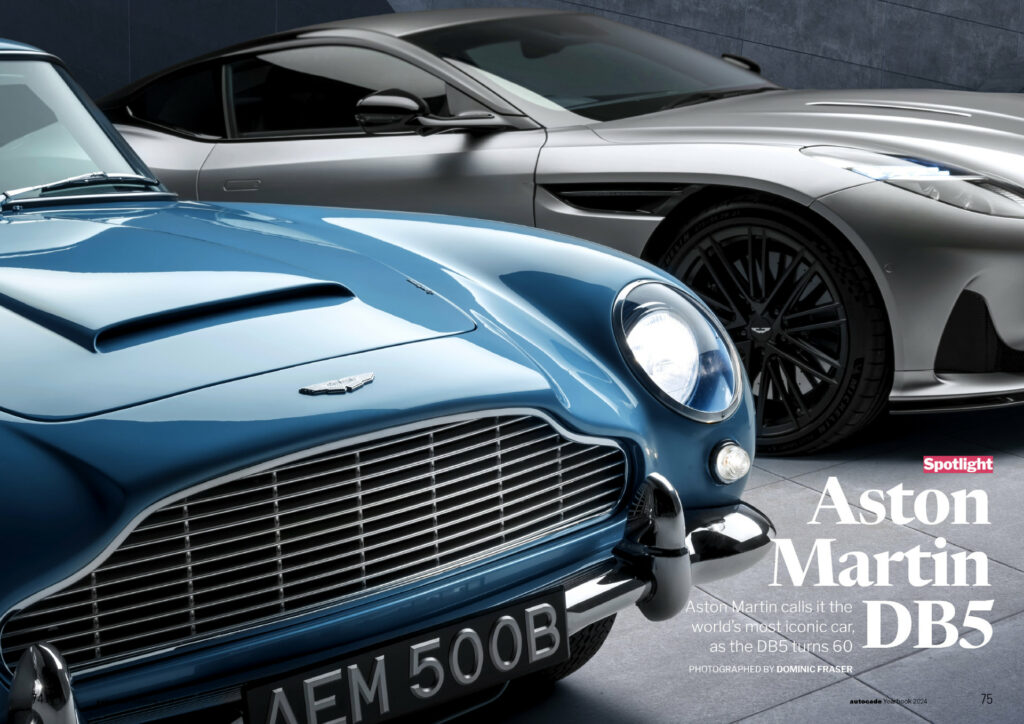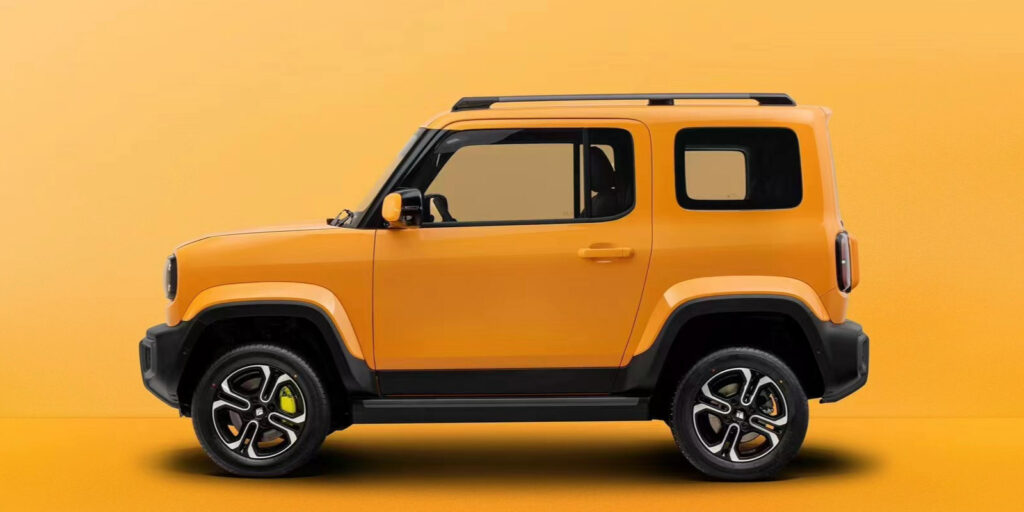Some impressive stats from all of you out there in cyberspace: thank you! Autocade’s counter is currently at 6,784,553. When I last blogged about reader stats on the 22nd, it was 6,444,257. (These numbers begin counting from when the site was reinstalled in February 2022.) As the counter only updates once a day, we […]
Category: China
Posts relating to China or the Chinese culture.
Who leads when the house of cards falls?
Scott Burchill makes a good analysis in Pearls and Irritations on how the US is ‘a rogue state’ and becoming a pariah (alongside Israel) over recent events in Gaza, and how its influence is waning. It’s hard to argue with a lot of his points; certainly here, with the exception of some politicians who either […]
Introducing Autocade in print

There’s a lot to report now that the news is public: Autocade is more than the online encyclopædia, it’s also a print yearbook. I’m happy to say it has been launched, after ironing out some tech issues, and there has been good interest in the new publication. You can read a bit more about […]
This weekend’s milestones at Lucire and Autocade
Autocade’s 4,800th model: the Toyota Urban Cruiser Hyryder. Stuff that has happened: Lucire has turned 26. Not a huge celebration given we did the quarter-century last year. Looking back, we did it quite well. When we had our 20th and 21st, we intended to mark them through those years, but never really did. It […]
Read More… from This weekend’s milestones at Lucire and Autocade
A second excellent piece by Eda Tang: where New Zealand Chinese Language Week gets its money
Eda Tang’s excellent piece revealing that New Zealand Chinese Language Week receives hundreds of thousands of dollars from the Chinese Communist Party came out last week, but unfortunately illness kept me from blogging about it properly. It was to have been my final post for September. Many of us suspected this from the start, […]
‘Google.com is blocked’—good riddance
This error message began creeping up this week: google.com is blocked google.com refused to connect. ERR_BLOCKED_BY_RESPONSE And appears with increasing frequency. Maybe Google is too poor to be able to serve everyone? I’ve noticed the search results worsen, as this blog’s covered. Is this the reason I can’t use it any more? […]
A celebration of Chinese languages by The Post
I take my hat off to Eda Tang of The Post (formerly The Dominion Post) for highlighting six Chinese New Zealanders and our reo tūpuna (ancestral languages). As many of us said last year (and for many years prior) during “Chinese Language Week” (NZCLW), it’s not all about Mandarin, a relatively new tongue that […]
Read More… from A celebration of Chinese languages by The Post
First impressions of the Royal Kludge RK100 with blue switches
After only a few days’ wait, my (oddly named) Royal Kludge RK100 keyboard with blue switches arrived. It’s going to be my daily driver (I hope) to replace my Cooler Master Quickfire TK with Cherry MX Brown switches, which is going to another office. First impressions: I love the return of the click sound. If […]
Read More… from First impressions of the Royal Kludge RK100 with blue switches
Autocade reaches 32 million page views

It’s been a slow haul to get to 32 million page views on Autocade, but we are there, in four months rather than the dire five I predicted earlier. The last installation reached 27,647,011 the day before it was unplugged, and the new one has reached 4,362,443, which totals 32,009,454. I don’t think we can […]
States of play for Facebook, Linkedin and OnlyKlans
Over a decade ago, I watched as Facebook intentionally broke organic reach and Lucire’s plummeted 90 per cent overnight. It was clear what Zuckerberg’s grift was: to get us to pay to boost posts. But there was already, back then, plenty of reasons you shouldn’t: it was buggy as heck. Fast forward to 2014 and […]
Read More… from States of play for Facebook, Linkedin and OnlyKlans